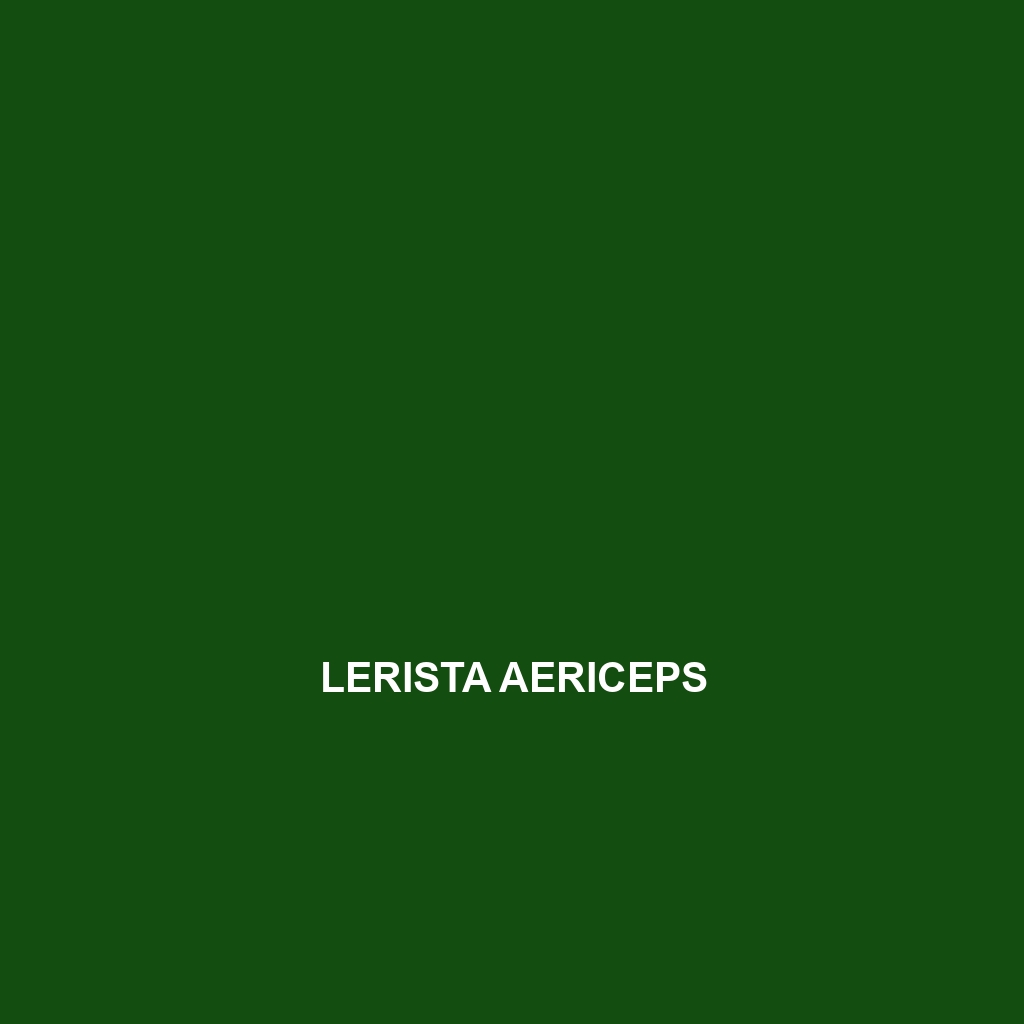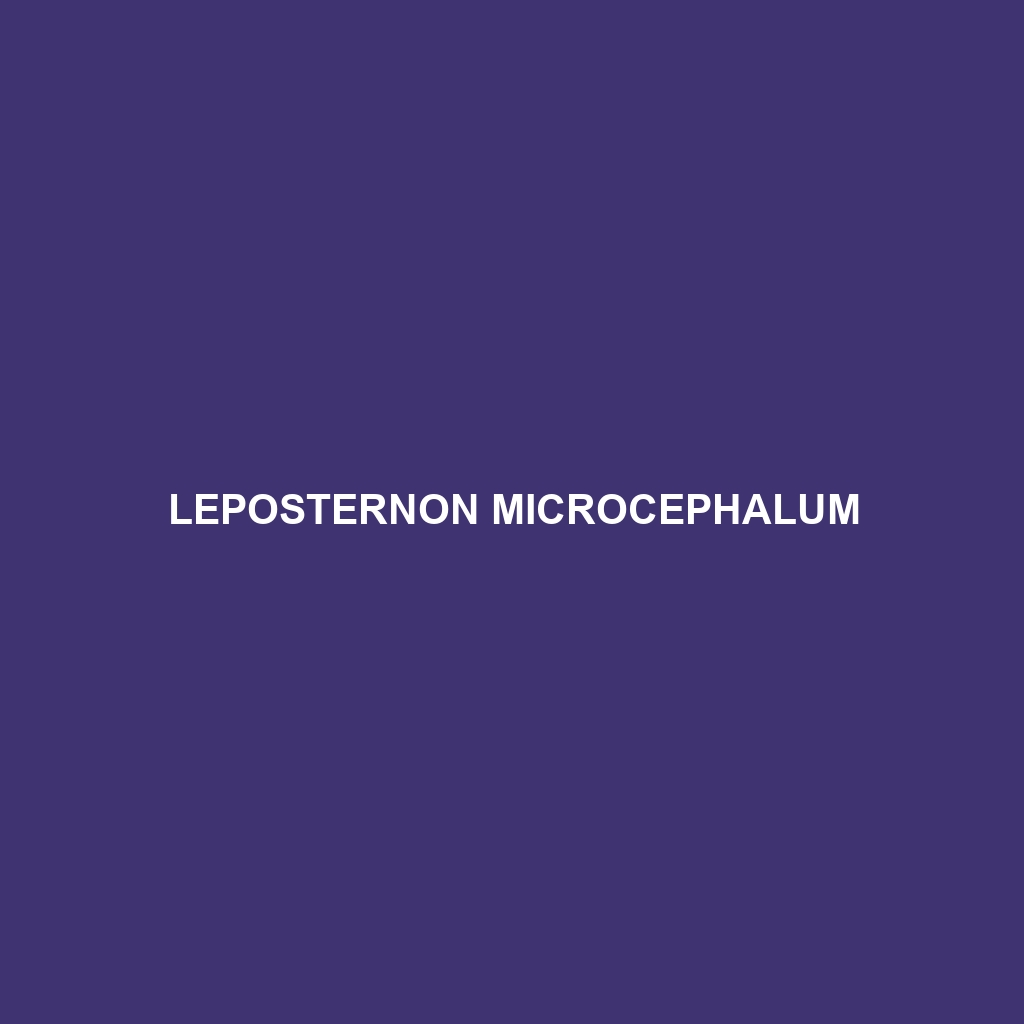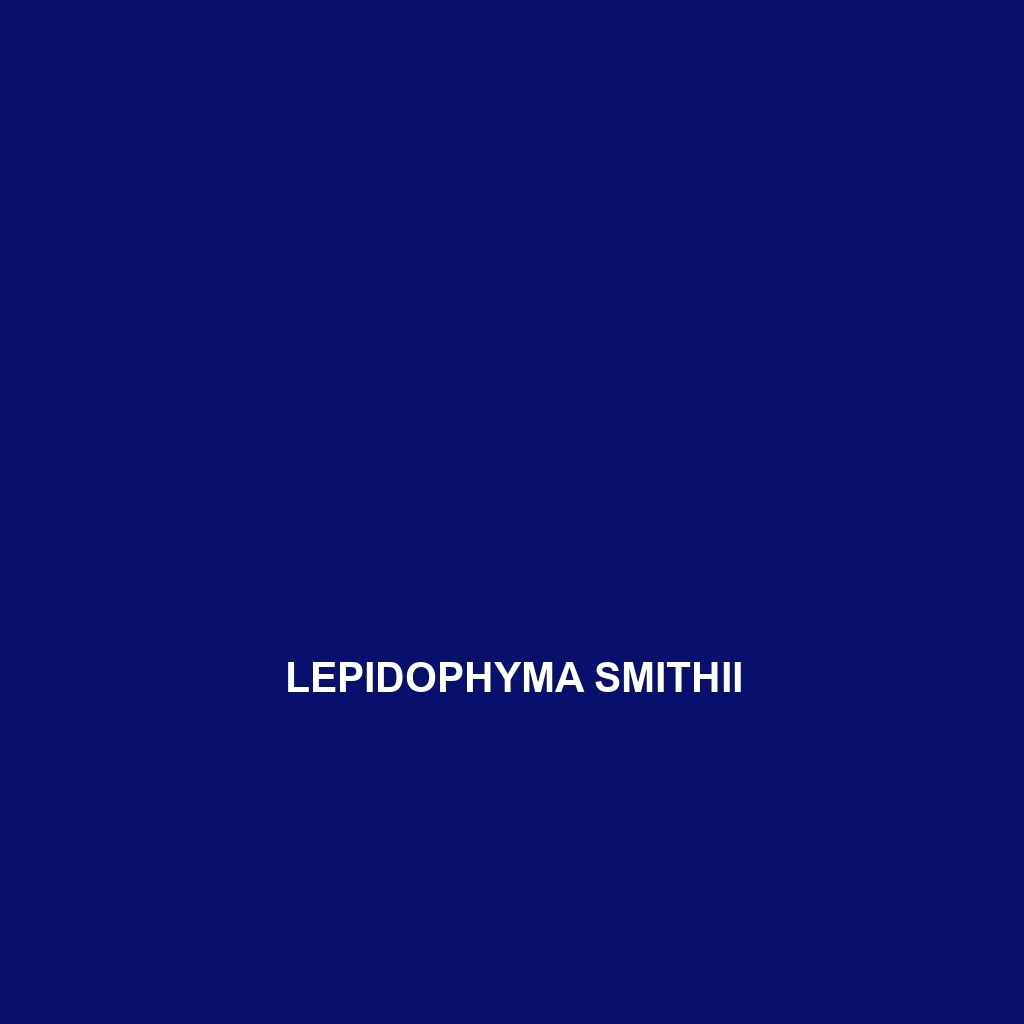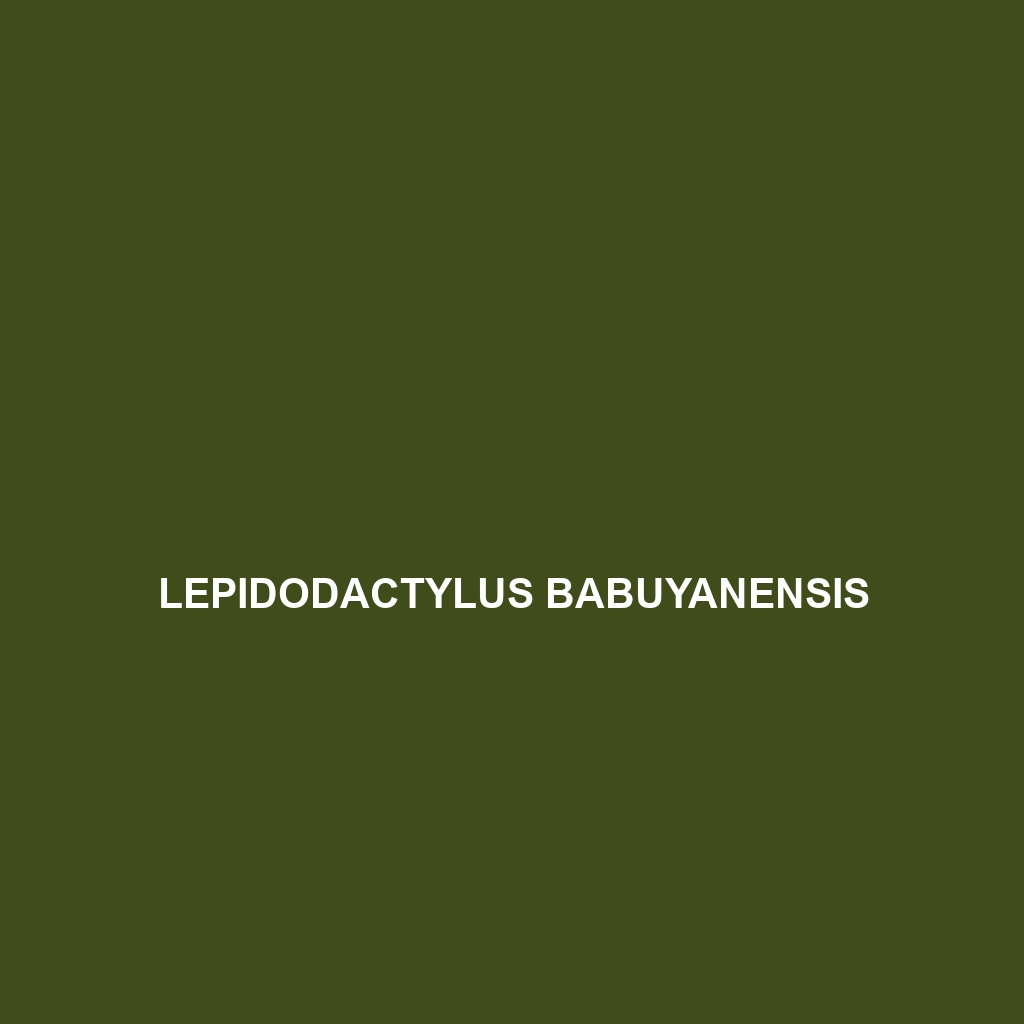<b>Lerista bunglebungle</b>, also known as the "bungaloo skink," is a nocturnal, burrowing insectivore native to Australia, characterized by its elongated body, striking camouflage, and unique ability to thrive in various soil types. This fascinating species plays a crucial ecological role by regulating insect populations and aerating the soil, essential for maintaining the health of its biodiversity-rich habitats.
Tag: skink species
Lerista carpentariae
<p><b>Lerista carpentariae</b> is a distinctive skink found in northern Australia, thriving in diverse habitats such as savannas and rainforests. With its elongated body, reduced limbs, and nocturnal behavior, this insectivorous reptile plays a crucial role in regulating insect populations and maintaining ecological balance.</p>
Lerista arenicola
<p><b>Lerista arenicola</b> is a medium-sized, burrowing skink found in the sandy, arid landscapes of Western Australia, notable for its streamlined body, reduced limbs, and nocturnal behavior. As an insectivore, this species plays a crucial role in regulating insect populations while thriving in its well-adapted, unique habitat.</p>
Lerista ameles
The <b>Lerista ameles</b>, also known as the <i>Ameles Skink</i>, is a slender, burrowing lizard found in Australia's sandy, arid regions. This insectivorous species is known for its smooth scales and adaptability to extreme temperatures, playing a crucial role in maintaining the ecological balance by controlling insect populations and serving as prey for larger predators.
Lerista allochira
The Lerista allochira, or Allochira skink, is a resilient insectivorous species native to Australia's arid environments, known for its distinctive light brown to grey coloration that aids in camouflage and its ability to thrive in sandy substrates. This diurnal skink plays a crucial ecological role by controlling insect populations and contributing to the health of its ecosystem.
Lerista allanae
<p>Discover the fascinating <b>Lerista allanae</b>, a medium-sized skink native to southeastern Australia, known for its slender body, smooth scales, and diurnal foraging habits. This insectivorous species plays a vital role in maintaining ecosystem balance while thriving in sandy, dry habitats.</p>
Lerista aericeps
Discover the <b>Lerista aericeps</b>, also known as the smooth skink, a unique insectivorous species native to Australia's dry habitats, including sand dunes and savannas. With its streamlined, limbless body, and exceptional burrowing abilities, this nocturnal skink plays a vital role in controlling insect populations and maintaining ecological balance.
Leposternon microcephalum
Experience the unique characteristics of the Leposternon microcephalum, or little-headed skink, featuring a streamlined body that measures 10 to 15 centimeters in length, and a secretive, diurnal lifestyle thriving in humid habitats. This adaptable insectivore plays a vital role in its ecosystem by controlling insect populations and promoting soil health through its burrowing behavior.
Lepidophyma reticulatum
<b>Lepidophyma reticulatum</b>, commonly known as the reticulated skink, is a distinctive insectivorous lizard native to Central America and Mexico, characterized by its elongated, shiny body and remarkable reticulated patterns. This primarily nocturnal species plays a crucial role in pest control within its humid, tropical habitat, offering both camouflage and unique adaptations for survival.
Lepidodactylus babuyanensis
Lepidodactylus babuyanensis, or the Babuyan skink, is a versatile, insectivorous species found in the Babuyan Islands of the Philippines, known for its unique climbing abilities and distinct coloration. This nocturnal skink is classified as vulnerable due to habitat loss, playing a crucial role in maintaining ecological balance as both a predator and prey within its environment.








